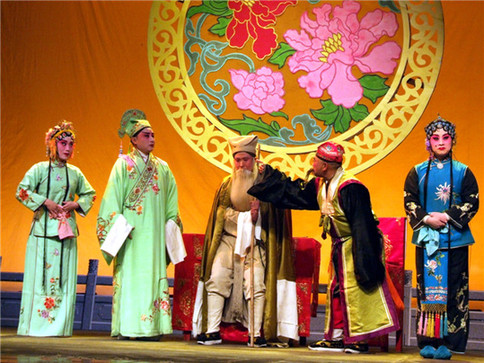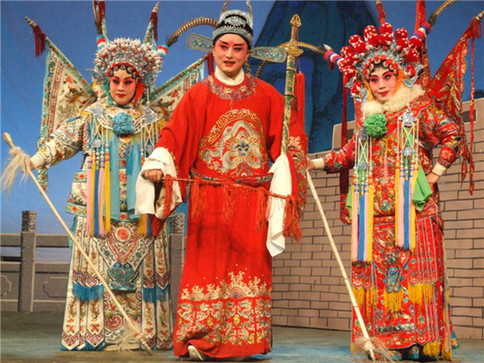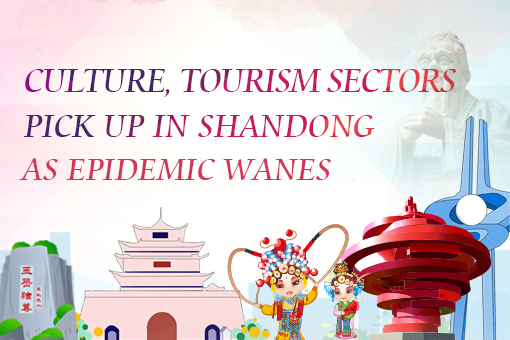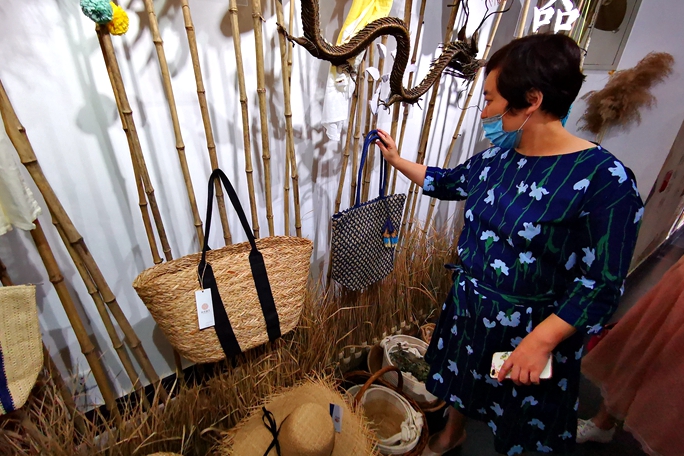Shandong Bangzi (Wooden Clapper Opera)
Shandong Bangzi (Wooden Clapper Opera) is popular in the southwestern cities and rural areas of Shandong province. This particular style of opera, also known as "Gaodiao Bangzi", is commonplace in many Shandong cities, including Heze and Jining, and rural areas throughout Liaocheng and Linyi.
Before being unified under the name Shandong Bangzi in 1952, this opera was once called by different names in different regions.
In May 2006, Shandong Bangzi opera was listed as a national intangible cultural heritage for revealing regional culture and folk customs.
Shandong Bangzi is derived from Shan-Shaan Bangzi, which is native to Shanxi and Shaan'xi provinces. It was introduced to Shandong province over 300 years ago in the Qing Dynasty (1644-1911).
Shandong was a major trade channel in China during the Qing Dynasty, and numerable Shanxi merchants, China's strongest merchant group at that time, settled in Shandong bringing the opera tradition with them.
Through years of development, the opera has been localized, featuring passionate tunes depicting Shandong's culture and folk customs. The catalogue of traditional Shandong Bangzi operas has reached some 600 pieces, with various qupai (the names of the tunes) and systematic tunes. During performance, the music is also meticulously selected between string or percussion music, based on different themes.
Shandong Bangzi Opera covers various topics, including dominating figures in various Chinese dynasties, heroic behaviors, famous wars, folk legends, love affairs and family ethics. Based on different themes, different dialogues will be performed, including rustic slang and noble speeches.
Around 1900, the first group of actresses appeared on stage in Shandong, popularizing the opera during that age.



 Shandong Culture and Tourism Consumption Season
Shandong Culture and Tourism Consumption Season Culture, tourism sectors pick up in Shandong as epidemic wanes
Culture, tourism sectors pick up in Shandong as epidemic wanes

